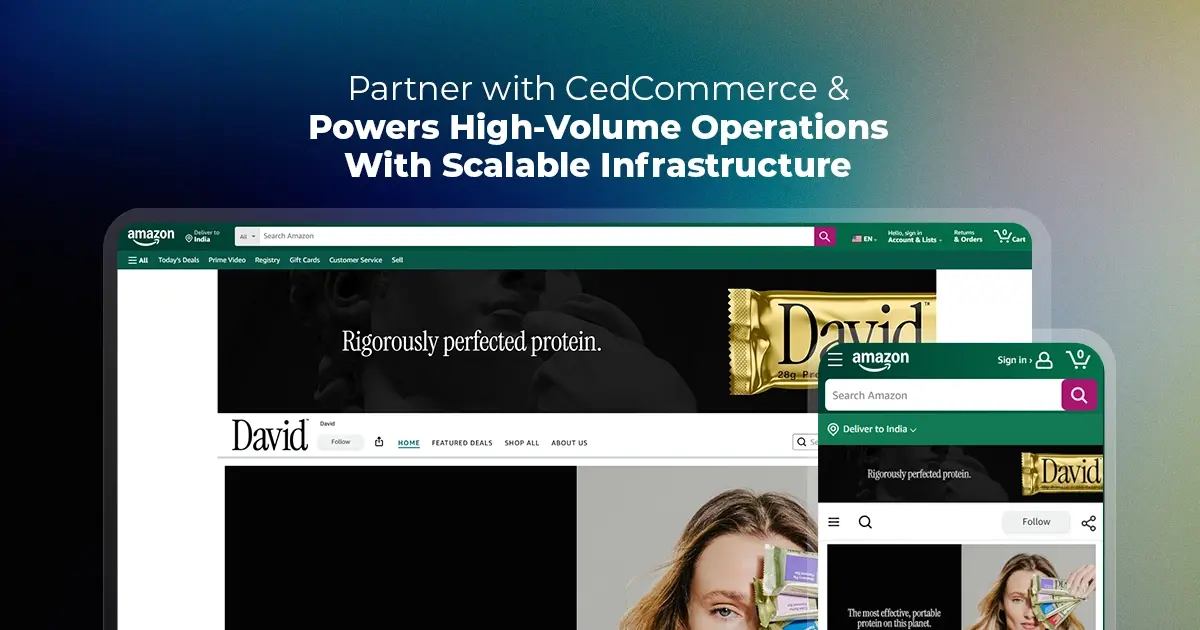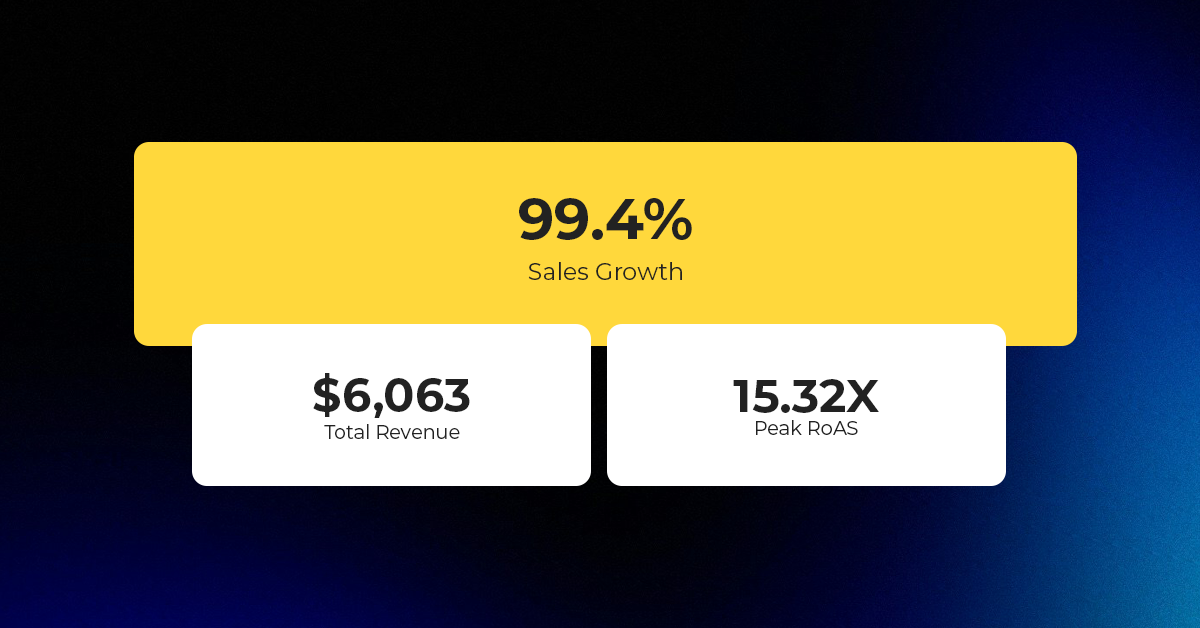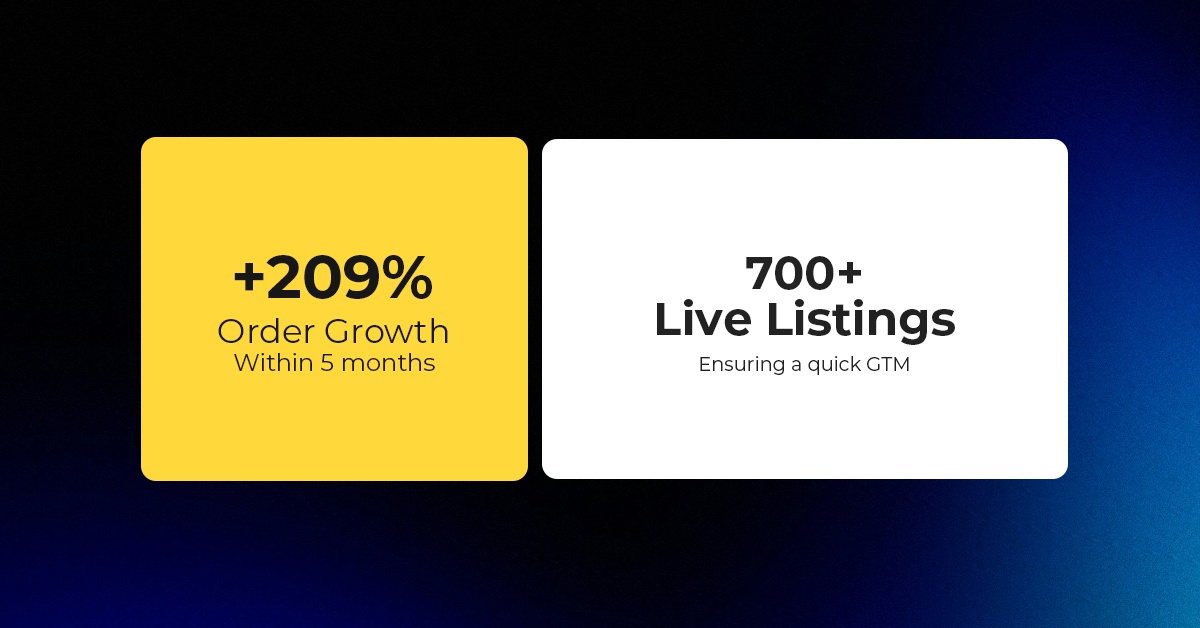Etsy Expands Payments Policy Globally; Instant Transfers Go Live for US Sellers
Reading Time: 3 minutesWhat’s changed Etsy has rolled out major updates to its Etsy Payments…
Our friend who knows everything about what we are curiously searching on the internet is refurbishing the definition of user’s experience with web pages. Google found out that users prefer sites (and stores) that offer a great experience. And this is why Google discovered its way to define the user experience in 7 encapsulating parameters. If you manage an online store, it is the right time to check your theme’s UI/UX, make it responsive, and perform better on Google’s web vital standards. Taking this time as an opportunity, level up your store’s performance, speed, and responsiveness. This article highlights the ins and outs of the core web vitals and how you can optimize your Shopify store for Google’s updates.
Google’s core web vitals updated is like a song of 7 different rhythms. Safe browsing, brisk loading, placement of elements, and a few others add up a page’s experience.
Every time shoppers interact with your store, they take away some experience (if not products). Through web vitals, Google wants you to make your store user-friendly and provide a smooth shopping journey. Yes, optimizing your Shopify store in line with core web vitals might sound cumbersome, but once done, you will experience a surge in your store’s organic traffic.
Core web vitals updates are similar to the Quality score for Google Ads. By the end of August 2021, this update will fully take over the internet.
The new web vitals emphasize the visual stability, responsiveness, and load speed of a web page. But wait! A prompt website is not something that we don’t know.
Google’s speed update in 2018 ensured that searchers find answers to their queries within a fraction of a second. But this update only pin-pointed websites that were slow across mobile devices (and this had a negligible impact). But since 2018, web standards and UX best practices have changes heavily, and that is why you need some touch-up from the backend and optimize your Shopify store in line with Google’s updates. Let’s dissect the topic and figure out how this update will impact online stores.
Basically, the largest contentful paint is a better version of metrics like DOMCContentLoaded, and First Contentful Paint (FCP). It records the most meaningful content within the viewpoint from when the page started to load. LCP of 2.5 seconds (or less) is said to be a good score. It means that your web page’s content should load within this timeframe to outperform other web pages on this metric. The word content denotes texts, images, and other elements used in your web page.
Your Shopify store should load within 2.5 seconds – from banners to images and videos; every element should comfortably settle in your webpage within this timeframe. Slow loading stores have a severe effect on bounce rates.
If your store’s load time increases from 1 to 6 seconds, the bounce rate will most likely increase by 106%.
Google is attracted to swift web pages. Make sure you optimize your Shopify store for Google keeping load time in mind. A store’s loading speed depends on various factors like server response, store layout, elements used, third-party apps, etc. One way you can achieve speed is by arranging elements and 3rd party apps in your store – they eat quite a lot of space. Then there are unnecessary scripts that merchants usually forget to scrap out of their dashboard. It’s better to consult Shopify experts before you decide to remove codes from your store.
First Input Delay is more inclined towards responsiveness. It measures the time from when a user first interacts with a page to the time when the browser begins processing that interaction.
In 1968, Robert Miller said that a human mind would perceive a response time of 100 milliseconds or less. FID is all about providing long-lasting impressions of your Shopify store into the minds of your customers.
And first impressions can decide whether a visitor will become a loyal user or they’ll never come back. The first impression of a web page usually depends on how fast your site can paint pixels to the screen and how responsive your store is when users try to interact with those pixels.
The last metric makes sure that users don’t have an annoying experience. Sometimes there are pages where elements load without prior warning or when a reader shifts to a new place without their consent.
Unexpected movement of page content usually happens because resources are loaded asynchronously. Google’s cumulative layout shift metric addresses the problem by measuring how often this annoying thing happens for real users. A score of 0.1 or less is a good score.
The 3 metrics revolve around the fact that when users interact with a web page – the interaction should be value-driven, memorable, fast, and accurate. As a Shopify merchant, you need to optimize your store in line with the above metrics.
Below are some tools recommended by Google where you can test your store’s web vital score.
So far, we have talked about the new update and how Google expects your store to behave and interact with the users. But here comes another riddle – how to measure your store’s performance on these metrics?
There are a handful of tools that developers use to measure a website’s performance on these metrics. These tools are the developer’s essentials to understand how a page’s backend responds to Google’s parameters.
With tools like – Lighthouse, PageSpeed Insight, Search Console reports, you can fetch the health of your online store and get recommendations on behalf of Google on how to improve your store’s performance.
LightHouse – This is an open-source, automated tool that helps in improving the quality of web pages. The latest version of Lighthouse 6.0 includes the three new metrics – LCP, CLS, FID (In Lighthouse, you’re most likely to fin Total Blocking Time (TBT), a replica of FID). Use its Chrome extension to assess your Shopify store.
PageSpeed Insights – provides an overview of how real-world users experience the page and a set of recommendations on how you can improve your web pages. Reports fetched from PageSpeed Insights are both for mobile and desktops. This tool will tell you whether or not your page meets the standards of all core web vitals.
In some ways, PageSpeed Insights are similar to the reports of Search Console. However, the latter provides a macroscopic overview of groups of pages that need attention. PageSpeed Insights identify per-page opportunities to improve page experience.
Search Console Report – Google search console is a web service by Google which keeps a check on indexing status and optimized the visibility of websites.
Building your online store with Shopify might not require technical expertise. But you will need a helping hand to understand what the PageSpeed Insights report is trying to tell. Fetching reports is easy, but working towards the suggestions is where all the magic happens.
What to do now? Well, firstly, don’t get panicked. Where there is a will, there is a way! To begin with, make sure that you are following these things –
Once rectified, gather the reports and consult a Shopify expert. Get into discussions and figure out the scope of improvements in terms of user experience. Shopify experts are professional developers who work closely with Shopify’s ecosystem and help merchants build responsive, SEO-friendly Shopify stores.
Turkishtouch – Dubai’s hot destination for supreme quality linens and Turkish textile merchandise decided to strengthen their store’s performance and integrate it with their brand.
After realizing their strong connection with local women artisans, our experts proposed a make-over of their Shopify store. The store runs on a white background giving much exposure for their products to speak for themselves.
Starting from the back-end, our experts removed unnecessary scripts, optimized images, javascript, CSS files to improve the store’s loading speed. To blend simplicity in its UX, we used lazy loading techniques in its script and images on a white background.
Turkishtouch is one of the few Shopify stores that outperformed all the metrics of Google, with an average score of 98. Oh yes, and the store is built on a Debut theme (Shopify’s default theme).
Turkishtouch ensured that Google’s web vitals fell in their favor. Instead of panicking, the brand made wise decisions and assembled things in line with web standards and UX best practices. Get in touch with our Shopify experts to get an inside-out report of your Shopify store based on Google’s web vitals.
According to a report, some 2million URLs were crawled to get an idea about how web pages performed before the Google core web vitals update. And found out that only 4% of websites passed all the tests.
Google’s page experience update is yet to roll out and as a merchant, you have a fair amount of time to optimize your Shopify store with Google’s updates.
The internet might have opened new opportunities, but there is cut-throat competition, and only those brands will survive whose online store emits the foundational ideas of the business.
CedCommerce as Shopify experts is there to build and optimize your Shopify store and carve it into a renowned brand.

Reading Time: 3 minutesWhat’s changed Etsy has rolled out major updates to its Etsy Payments…

Reading Time: 2 minutesWhat’s changed Walmart has introduced a new Shipping Score metric within its…

Reading Time: 3 minutesWhat’s changed Amazon has announced an additional $35 billion investment in India…

Reading Time: 4 minutesAbout the Brand: 40ParkLane LLC Studio40ParkLane is a design-led print-on-demand brand created…

Reading Time: 3 minutesAbout the Company Brand Name: David Protein Industry: Health & Nutrition (Protein…

Reading Time: 3 minutesOnline retail spending in Germany is entering a renewed growth phase after…

Reading Time: 4 minutesTikTok Shop has released a comprehensive Beauty and Personal Care Products Policy,…

Reading Time: 4 minutesTikTok Shop has formally outlined comprehensive requirements for expiration date labeling and…

Reading Time: 3 minutesTikTok Shop is raising its sales commission for merchants across five active…

Reading Time: 11 minutesBy now you have seen your BFCM 2025 numbers. The harder question…

Reading Time: 3 minutesAbout the Brand Name: Vanity Slabs Inc Industry: Trading Slabs- Vanity Slabs…

Reading Time: 2 minutesAbout the Brand Name: Ramjet.com Industry: Automotive Parts & Accessories Location: United…

Reading Time: 2 minutesAmazon is rolling out strategic referral fee reductions across five major European…

Reading Time: 4 minutesQuick Summary: Scaling Lifestyle Powersports on eBay with CedCommerce Challenge: Zero marketplace…

Reading Time: 4 minutesTikTok has surpassed 460 million users across Southeast Asia, reinforcing its position…

Reading Time: 3 minuteseBay has released its final seller news update for 2025, with a…

Reading Time: 3 minutesAmazon has clarified its stance regarding speculation around a potential breakup between…

Reading Time: 4 minutesWalmart is accelerating its push into next-generation fulfillment by expanding its drone…

Reading Time: 4 minutesFaire, the fast-growing wholesale marketplace connecting independent retailers with emerging brands, has…

Reading Time: 4 minutesB2B buying in the United States is undergoing a fundamental behavioral shift…